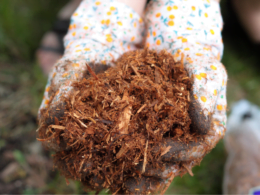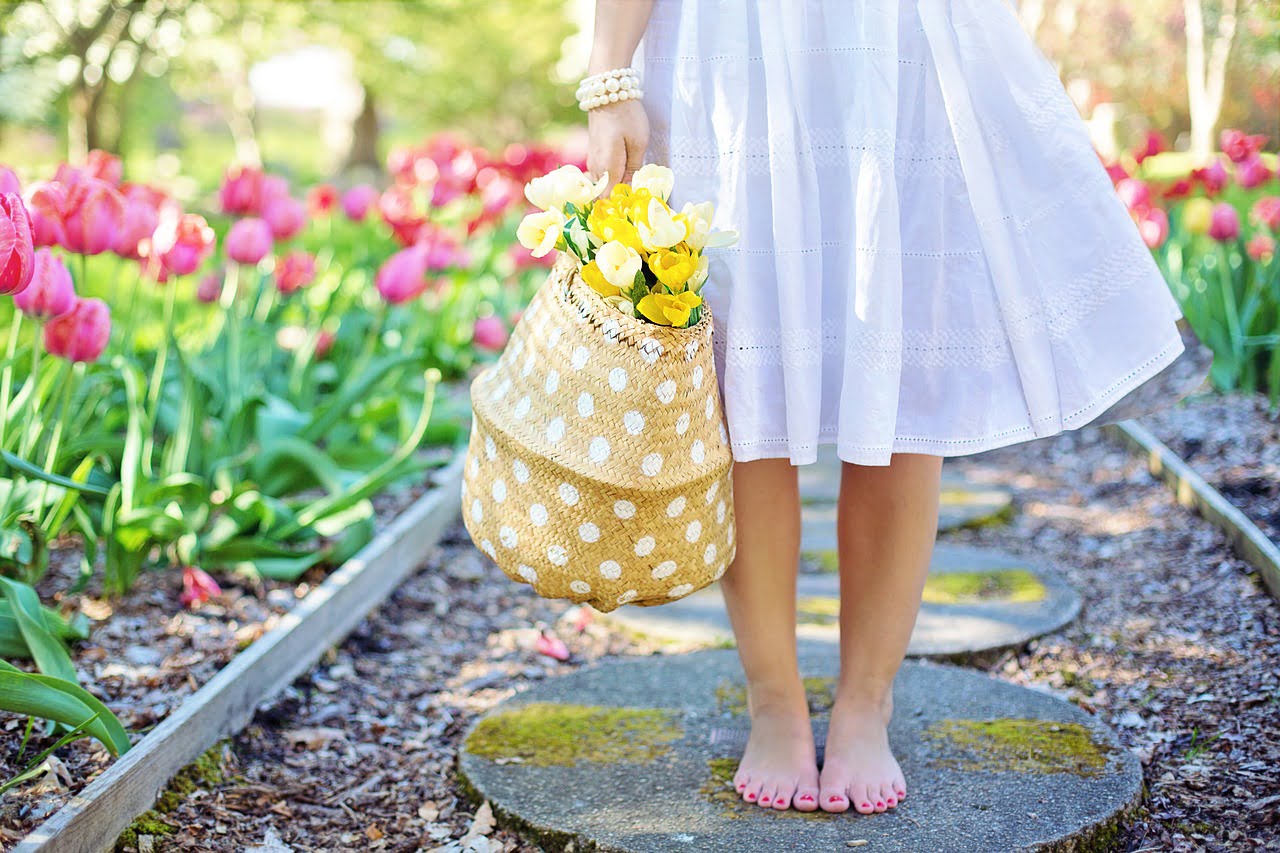If you’re a gardener, you know that the health of your plants depends on the quality of the soil. But buying new potting soil can be expensive, and disposing of old soil can harm the environment. The good news is that you can revive old soil and give it a second life, saving you money and helping the planet.
In this article, you’ll learn how to inspect and prepare old soil for reuse, replenish its nutrients, and follow sustainable gardening practices. By reviving your old potting mix, you’ll not only save money but also give your plants a healthy and sustainable environment to grow in.
So let’s get started!
Quick Summary
- Inspect old soil for pests, mold, and contaminants before reuse
- Sterilize old soil by baking in the oven or using solarization for extra caution
- Replenish nutrients in old soil with organic materials like fresh potting mix, compost, manure, worm castings, or fertilizer
- Considering the needs of plants when deciding on the ratio of new soil or amendments to old soil.
Inspect and Prep Soil
Before you can reuse potting soil, it’s important to check for pests or mold. Old soil may have depleted nutrients, dryness, or contaminants that can harm your plants.
Inspect the soil by emptying it out of the pot and breaking up any clumps. Look for any signs of pests like gnats, spider mites, or aphids. If you find pests, it’s best to dispose of the soil and start fresh with new potting mix.
After inspecting the soil, you should dry it out completely. Spread the soil out on a tarp or in a large container and let it sit in the sun for a few days. This will help kill any remaining pests or eggs in the soil.
If you want to be extra cautious, you can sterilize the soil by baking it in the oven at 180°F for 30 minutes or by using solarization. Once the soil is dry and sterilized, it’s ready to be reused.
Replenish Nutrients
To replenish the nutrients in your saved soil, you can add a variety of organic materials. Fresh potting mix is a great option if you want to increase the soil’s texture and water-holding capacity. Compost is also an excellent choice as it brings in beneficial microorganisms and nutrients that plants need. Additionally, you can use manure, worm castings, or fertilizer to boost the soil’s nutrient levels.
It’s important to consider the needs of your plants when deciding on the ratio of new soil or amendments to old soil. If you’re looking for an easy way to add nutrients to your soil, try making compost tea. This liquid fertilizer is made by steeping compost in water for a few days. The resulting solution is full of nutrients that can be easily absorbed by plants.
Vermicompost, which is compost that has been broken down by worms, can also be used as a soil amendment. Whether you choose to use compost tea or vermicompost, these organic materials can help revive your old soil and provide your plants with the nutrients they need to thrive.
Sustainable Gardening Tips
You can practice sustainable gardening by incorporating practices such as composting, using rainwater, and planting native species that require less maintenance. These practices not only reduce your environmental impact but also benefit your garden.
Here are three ways sustainable gardening practices can benefit your garden:
-
Composting Benefits: Composting your kitchen and garden waste can provide a nutrient-rich soil amendment that helps plants grow stronger. It also reduces the amount of waste that ends up in landfills, reducing greenhouse gas emissions.
-
Greenhouse Gardening: Growing plants in a greenhouse can help reduce water usage by up to 70% compared to outdoor gardening. It also extends the growing season, allowing you to produce more food with less space and resources.
-
Native Species: Planting native species that require less maintenance and watering can reduce the amount of resources needed to maintain your garden. Native plants are also adapted to the local environment and provide habitat for local wildlife.
Frequently Asked Questions
Is it safe to reuse potting soil if it had diseased plants in it previously?
It’s risky to reuse potting soil with diseased plants. It may spread disease to new plants. Sterilize soil with oven or solarization before reuse. It eliminates pathogens and benefits plant growth.
Can potting soil be reused indefinitely or is there a limit to how many times it can be reused?
There are limitations to reusing potting mix as soil quality degrades over time. Adding amendments like fresh soil, compost, or fertilizer can replenish nutrients and improve plant growth. Be cautious of pests or mold and sterilize if necessary.
What is the best way to store old potting soil before it is reused?
To properly store old potting soil before reuse, control moisture by keeping it in a dry place and covering it with a lid or plastic bag. This prevents mold and pests from growing and keeps the soil fresh for future use.
Can potting soil be reused for all types of plants or are there certain plants that should not be grown in reused soil?
You can reuse potting soil for most plants, but some may require fresh soil due to disease susceptibility or special soil requirements. Reusing potting soil benefits sustainable gardening by reducing waste and cost.
Is there a specific time of year that is best for reusing potting soil or can it be done at any time?
You can reuse potting soil anytime! Benefits of reusing potting soil include saving money and reducing waste. Tips for preparing old potting mix for reuse include drying it out, inspecting for pests or mold, and replenishing nutrients with fresh potting mix, compost, manure, worm castings, or fertilizer.









